From ancient thermal springs to tranquil places to enjoy water in and around the city, and from modern day spas and spa hotels to tasting the mineral water, Bath’s history is closely tied to water. The city's second UNESCO inscription as part of the Great Spa Towns of Europe is testament to the importance of the waters in Bath's heritage.
Here’s a dive into Bath’s connection with water…
Splash-tastic springs
The city of Bath exists because of thermal springs discovered by Prince Bladud, who, according to legend, was cured of leprosy after bathing in hot muddy waters when he came to the area. In gratitude, he founded the city of Bath around the springs in 863 BC. Bladud proceeded to become the ninth king of the Britons and is, according to legend, the father of King Lear.
Three hot springs can be found beneath the city: the King’s Spring, supplying the Roman Baths, and the Hetling and Cross Springs, which can be bathed in at Thermae Bath Spa.
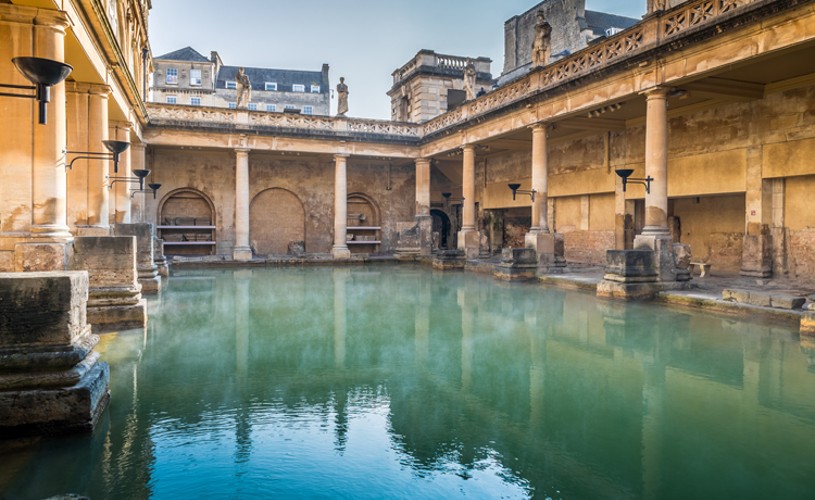 Image - Roman Baths, credit Andy Fletcher
Image - Roman Baths, credit Andy Fletcher
Healing waters
The hot springs are a wonderful, natural resource which deliver over one million litres of mineral-rich water every day. Uniquely in the UK, the mineral water is hot. In the past, the source may have lain in the Mendip Hills, 30 miles to the south of Bath. Recent findings suggest that rainwater probably enters the ground through areas of carboniferous limestone to the north, west and south of Bath.
You can enjoy Bath’s thermal water at the city’s modern spa, Thermae Bath Spa. A two-hour spa session with full use of the indoor Minerva Bath and the open-air rooftop pool (with spectacular views over the city) is a great way to unwind.
.jpg) Image - Thermae Bath Spa
Image - Thermae Bath Spa
An open-air dip
On the banks of the River Avon sits Cleveland Pools, the UK’s only surviving Georgian open-air swimming pool. Built in 1815, they became a favourite summer destination for generations of bathers from Bath and beyond. The site was closed in 1984, but thanks to some significant funding support, the Grade II listed lido will reopen again soon after extensive refurbishment.
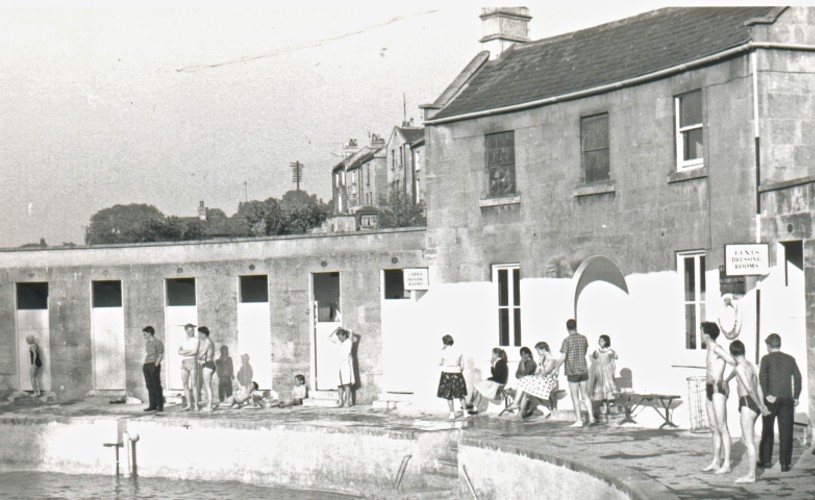 Image - Cleveland Pools
Image - Cleveland Pools
Roman Remains
Constructed in around 70 AD as a grand bathing and socialising complex, the Roman Baths is one of the best-preserved Roman remains in the world, where 1,170,000 litres of steaming water, reaching 46°C, still fills the bathing site every single day – you can sample the water in the museum area of the Baths.
Bath World Heritage Centre also explores the history of the city – of which the spa water is a key part.
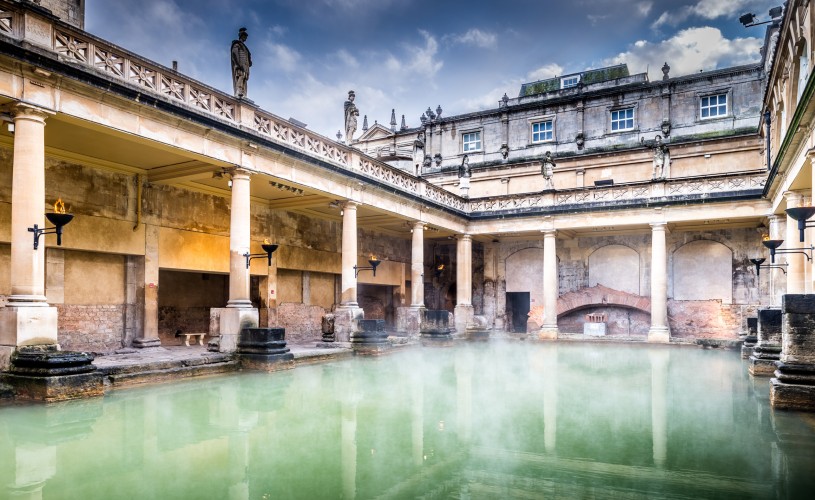 Image - Roman Baths
Image - Roman Baths
Innovative uses
Bath Abbey is now heated by unique thermal technology that uses energy from the hot thermal springs deep in the ground below!
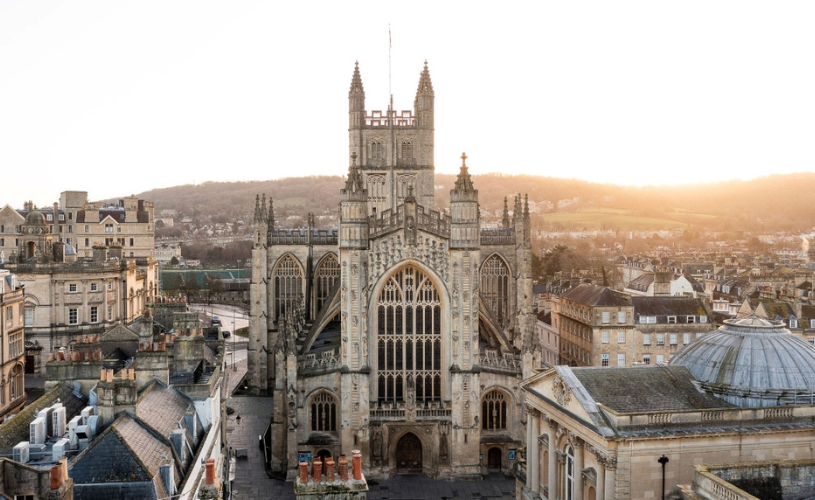
Image - Bath Abbey
Taking the waters
Located above the Roman Baths, today’s Pump Room stands on the site of a smaller building built by John Harvey in 1706. Aristocrats came here to ‘take the waters’ – believing in the curative powers of the hot springs.
As visitor numbers grew, a larger Grand Pump Room was built in the early 1790s – its elegant, neo-classical style inspired by fragments of the Roman Temple discovered directly below during excavations. It soon became the destination for high society to meet and enjoy lavish entertainment. Jane Austen even mentioned it in her novels Northanger Abbey and Persuasion.
Over 200 years later, most of the splendid Georgian features remain unchanged, including the marble vase fountain which still pours rejuvenating spa water.
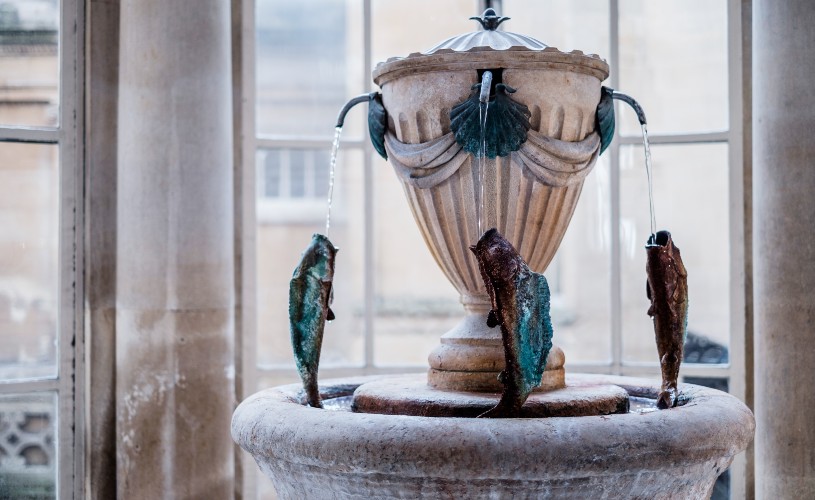 Image - The Pump Room
Image - The Pump Room
A City of Relaxation
Bath is full of tranquil spa hotels and day spas. The Royal Crescent Hotel & Spa sits at the centre of the city’s most famous crescent; The Gainsborough Bath Spa is the only hotel in the city which uses the thermal waters in its Spa Village; and The Bath Priory Hotel has a Garden Spa by L’Occitane.
There is also Macdonald Bath Spa Hotel and Spa 15 at No.15 by GuestHouse, who have a treatment inspired by the thermal waters.
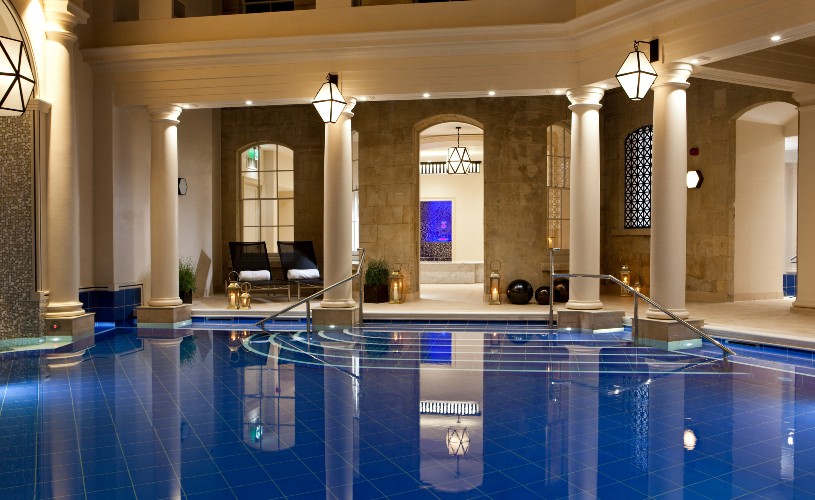 Image - Gainsborough Bath Spa
Image - Gainsborough Bath Spa
Outdoor Oases
There are many places in the city and surrounding area where you can go to be near water. Take a walk or a boat trip along the River Avon or canal, sit in Parade Gardens overlooking the cascading water falling over Pulteney Weir, or, further afield, head to Bowood House & Gardens. Their calming lake sits at the centre of the Capability Brown landscape gardens.
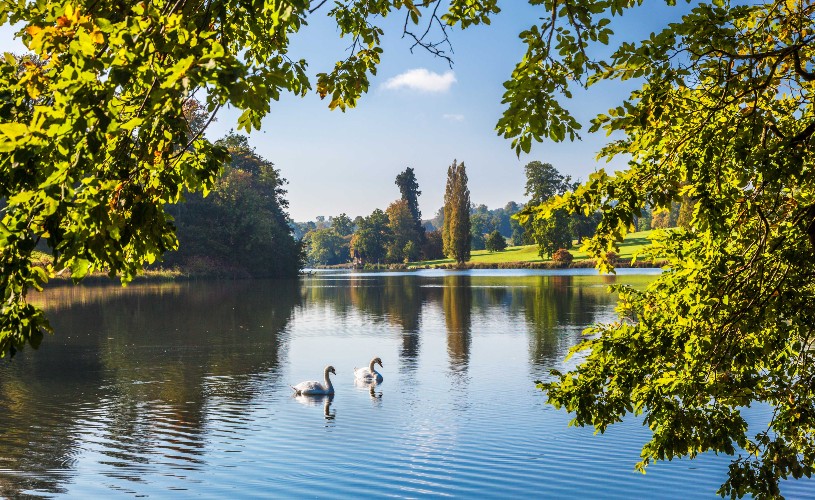 Image - Bowood House & Gardens
Image - Bowood House & Gardens
Bottling the Mineral Magic
Bathonians Mark and Rachel Allen, and friend, Bath-based film producer Jonathan Willis, created Bath Water in 2016 when they decided it should be bottled for drinking. Their quest led them to the original source of Bath’s water in the nearby Mendip Hills. The water filters through ancient limestone vales deep underground and is drawn and bottled at source on organic land.
Read more:
Related
Comments
Comments are disabled for this post.





